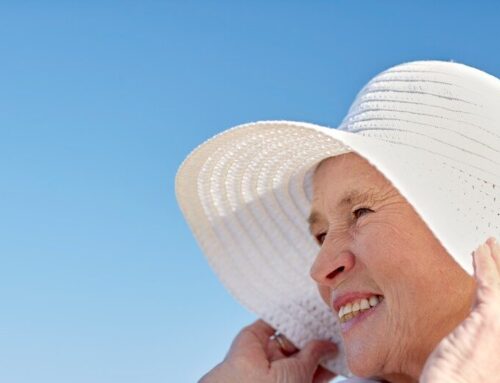Certainly, the most beneficial aspect of an in-home caregiver is the independence it brings seniors. But, even seniors who have in-home help from an experienced and certified caregiver still need to make home safety a priority. Seniors have a higher likelihood to experience safety risks, even at home. So, it’s important to implement tips to improve home safety for seniors so that independence may be sustainable and in-home living can remain successful.
Check out these 5 tips to help improve home safety for seniors.
1. Get the Right Detectors and Alarms
Homes should always alert you if you’re in any danger. For example, in the case of a fire or carbon monoxide rising. Make sure these alarms are placed in the right areas. For a fire alarm, place one in the kitchen. Monoxide alarms should be placed in any room with a heater. Once installed, make sure to test these systems to ensure they’re working properly. And, maintain them by replacing batteries whenever necessary. This way, you’ll always know that you’ll be alerted in case of one of these types of emergencies so you can get to safety.
2. Increase the Lighting of the Home
Falls are the single biggest safety threat in the home for seniors. When seniors fall, there are higher risks. Dim lighting can be a safety hazard as seniors may trip and fall as a result of poor vision. A great way to upgrade the lighting in the house and ensure optimal lighting for vision is to invest in LED lighting. These light bulbs are a bit more costly than regular light bulbs. But, they last way longer, give off a whiter and brighter light and use less energy!
3. Clean up and Organize Storage Areas
While lighting is important to address as it can affect the risk of falls, the same goes for organization. Cluttered areas are a fall-trap. So, it’s important to make sure paths are clear for ambulating. And, that no clutter is lying about in places you’ll need to access. Start by removing any clutter in walkways. Then, work on pantries, laundry rooms and garages that may be collecting more clutter than they should. This will help seniors be able to access areas they need without presenting increased risks for danger.
4. Invest and Install Safety Equipment
Safety equipment allows seniors living at home to remain independent while keeping their safety needs first. There are a number of life-saving equipment materials you can utilize to help with stability and reducing the risk of falls. And, with modernizations, these safety features can even be worked into the decor of your home to minimize their appearance. Some examples of senior home safety equipment include grab bars, alert devices, shower benches and more.
5. Consider an In-Home Caregiver
If home safety for seniors is important for you to continue living at home independently, an in-home caregiver is something you may wish to consider. In-home caregivers can increase the safety of seniors living at home so they can continue living independently. Some of the things an in-home caregiver can do to increase home safety for seniors include managing medications, cleaning and organizing, changing light bulbs, completing daily tasks, helping with ambulating, clothing, bathing and more.
Find out more about how an in-home caregiver can help you or an aging loved one who wants to continue living at home independently by reading more on our website. To get a referral for a qualified in-home caregiver in your area, contact us today!







